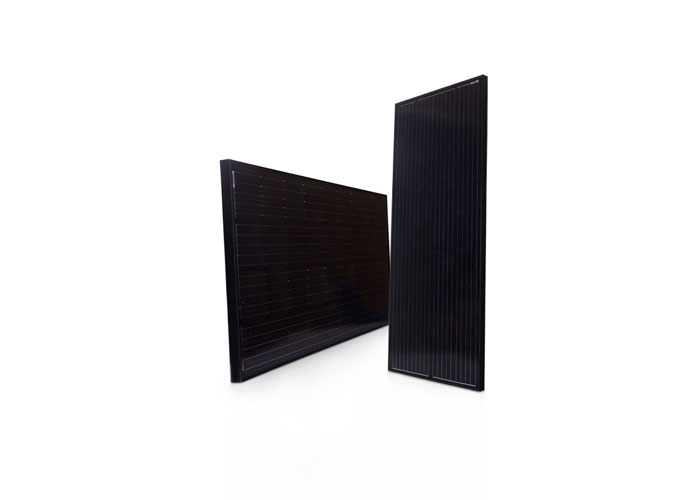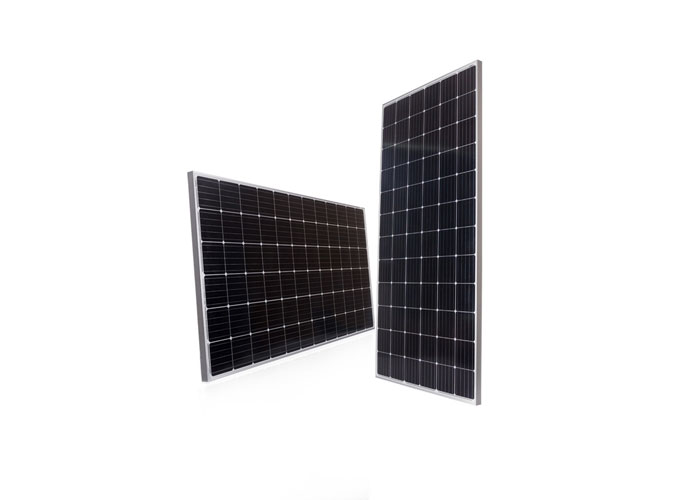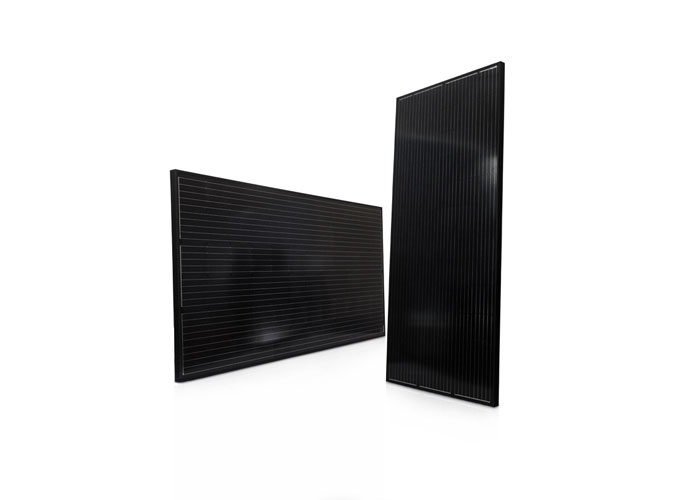At present, China has become the world's largest new energy vehicle market, and new energy vehicles have become one of the strategic emerging industries prioritized by the country. With the continuous development of science and technology, the continuous improvement of technology, and the continuous improvement of charging facilities, new energy vehicles will show a rapid growth trend in the future. The construction of new energy vehicle infrastructure will also be fully promoted, the charging facility technology will also be fully upgraded, and the technical requirements and standards will be increasingly strict. The same goes for electric vehicle charging pile cables.
Requirements for electric vehicle charging pile cables in the charging process
The electric vehicle charging pile cable is the carrier connecting the electric vehicle and the charging pile, and its basic function is to transmit electric energy. However, with the development of charging technology, in order to better complete the charging process, communication between electric vehicles and charging piles is required, and automatic control is performed when necessary.
Therefore, the charging process puts forward higher requirements for the EV charging cable types. The charging cable not only needs to have the function of power transmission, but also needs to transfer the status and information of the vehicle and power battery to the charging pile for real-time interaction, and control the charging action under necessary conditions, so as to complete the charging process safely and reliably.
On the basis of ensuring good insulation performance, the charging cable of the electric vehicle charging pile from Jayuan shall have high heat resistance and aging resistance. At the same time, it shall have good low smoke and flame retardant characteristics during combustion, so as to minimize loss and injury.
Specific technical requirements for electric vehicle charging pile cables:
1) Conductor
a. Number of cores: 2, 3, 4, 5 with or without signal control lines - conductors belong to category 6 in EN60228;
b. With or without tin plating;
c. Recommended wire section: 0.5; 1; 1.5; 2.5; 4; 6; 10; 16mm.
2) Isolation layer
The conductors are allowed to be wound with a suitable insulating layer of material.
3) Insulation
a. The conductor must be covered with the specified insulating material;
b. Insulation must be extruded and must be solid and uniform. After removing the insulation, it must not damage the insulation itself and the conductor or the existing tinning layer;
c. The specified value of insulation thickness shall comply with the standard. The average value of the insulation thickness should not be less than the specified value, and the thickness of the thinnest part of the insulation should not be less than 90﹪-0.1mm of the specified value.
4) Core wire and filling
a. The core wire must be twisted;
b. Center packing is allowed
5) Inner sheath (if any)
a. Stranded cores must be covered by an inner sheath of the same material as the outer sheath or insulation;
b. The inner sheath must be extruded on the insulating core wire, allowing the gap embedded between the insulating wire cores to form a practical circle;
c. There should be no harmful effect between the inner sheath and the insulation;
d. The inner sheath should not adhere to the insulated core wire;
e. The specified value of the thickness of the inner sheath must comply with the standard.
6) Shield
a. Bare copper wire or tinned copper wire braided shield should be wrapped on the inner sheath;
b. The nominal diameter of the copper wire should meet the standard value;
c. The total number of twists, twist angle and filling factor within the shielding length of 100mm must meet the standard requirements.
7) Sheath or outer sheath
a. The shielded or stranded core wire must be covered with the specified sheath material;
b. The outer sheath must be a single-layer extrusion and must be tightly fitted, but not adhered to the shield or core;
c. The specified value of the sheath thickness shall comply with the standard requirements;
d. The average value of the thickness of the sheath should not be less than the specified value, and the thickness of the thinnest part of the sheath should not be less than 85﹪-0.1mm of the specified value.




